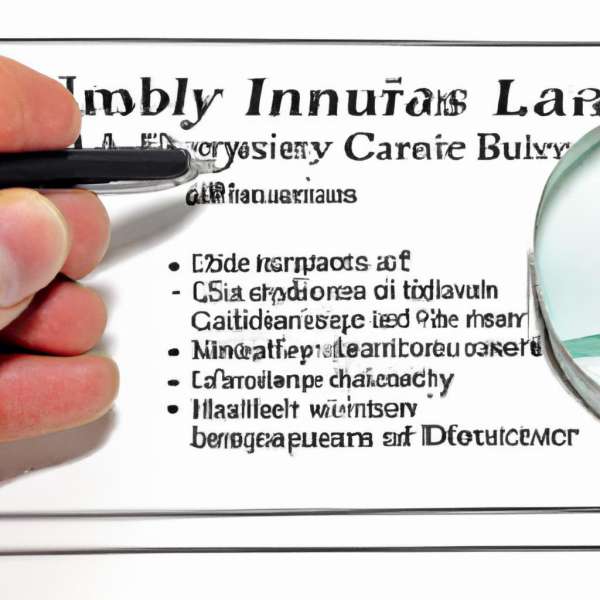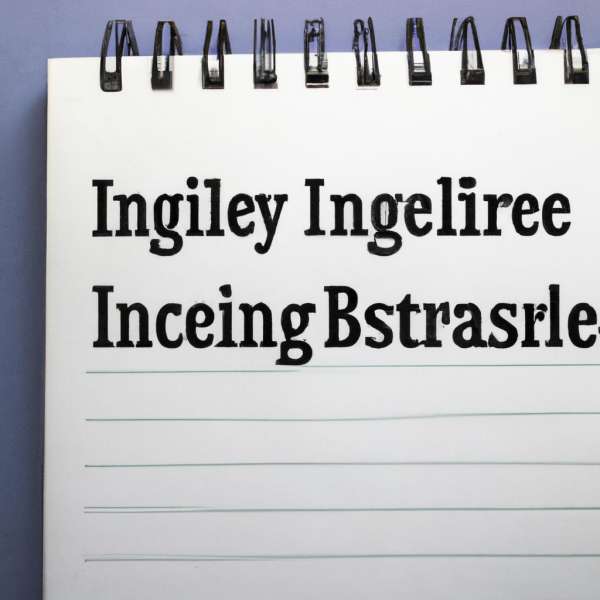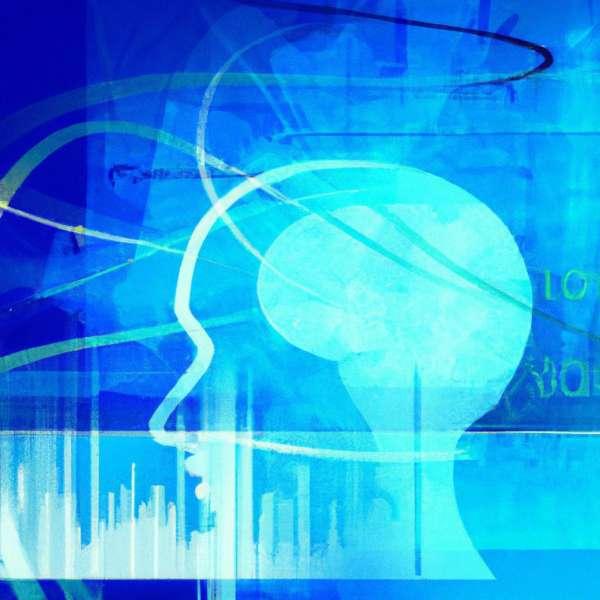In the intricate tapestry of personal injury law, negligence weaves a crucial thread, shaping the outcomes of countless legal battles. From slip-and-fall incidents in bustling supermarkets to the aftermath of motor vehicle collisions on open highways, the concept of negligence stands as a foundational pillar that dictates responsibility and accountability. This article delves into the multifaceted role of negligence within personal injury claims, exploring how this legal doctrine not only defines the relationship between the injured party and the alleged wrongdoer but also influences the pursuit of justice and compensation. As we unravel the complexities of negligence, we will illuminate its significance in the quest for redress and the broader implications it holds for our understanding of safety, responsibility, and the law.
Understanding the Concept of Negligence in Personal Injury Cases
Negligence is a fundamental concept in personal injury law, serving as the bedrock of many claims. To establish negligence, a plaintiff must demonstrate that the defendant failed to act with a reasonable level of care, leading to an injury. This is typically analyzed through a legal standard known as the “reasonable person standard,” which assesses how an average person would have acted in similar circumstances. If the defendant’s actions deviate significantly from this standard, they may be deemed negligent.
In a personal injury case, the elements that must be proven include:
- Duty of Care: Establishing that the defendant had a legal obligation to act in a way that would prevent harm to others.
- Breach of Duty: Demonstrating that the defendant failed to fulfill their duty through action or inaction.
- Causation: Showing a direct link between the breach of duty and the injury suffered.
- Damages: Proving that actual harm or injury resulted from the negligent actions.
To better illustrate how negligence impacts personal injury claims, consider the following table:
| Scenario | Potential Negligent Actions | Possible Injuries |
|---|---|---|
| Traffic Accident | Running a red light | Whiplash, broken bones |
| Slip and Fall | Neglecting wet floor signage | Sprained ankle, concussion |
| Medical Malpractice | Improper prescription | Adverse drug reactions |
Understanding these elements and scenarios is crucial for anyone pursuing a personal injury claim. Each instance of negligence is unique, yet they all hinge on the failure to exercise a reasonable level of care, ultimately resulting in consequences that can be both severe and life-altering.

Establishing Liability: The Importance of Proving Negligence
In personal injury claims, establishing liability is a foundational step that hinges on demonstrating negligence. This process requires a meticulous assessment of the circumstances surrounding the incident that led to the injury. Negligence exists when an individual’s actions — or lack thereof — fall short of a reasonable standard of care, ultimately causing harm to another person. To successfully prove negligence, the claimant must typically establish four critical elements:
- Duty of Care: The responsible party had a legal obligation to ensure the safety of others.
- Breach of Duty: The responsible party failed to meet the required standard of care.
- Causation: There is a direct link between the breach of duty and the resulting injury.
- Damages: Actual harm or injury was sustained as a result of the breach.
Consider a scenario involving a car accident. The driver of the vehicle has a clear duty of care to operate the vehicle safely. If they exceed the speed limit, this constitutes a breach of their duty. If a pedestrian is injured as a result of the driver’s reckless behavior, a causal link is established, demonstrating that the breach directly led to the pedestrian’s injuries. if medical bills, lost wages, or pain and suffering are incurred, this clinches the case for damages.
Negligence can also extend beyond personal interactions, encapsulating various contexts, such as medical malpractice or workplace safety issues. Understanding the nuances of each case is vital, as the pathway to liability will differ based on the specifics surrounding the actions of the parties involved. Below is a simplified comparison of negligence types in personal injury claims:
| Type of Negligence | Description |
|---|---|
| Comparative Negligence | Involves multiple parties contributing to the cause of the injury. |
| Gross Negligence | Refers to extreme lack of care that shows a blatant disregard for the safety of others. |
| Vicarious Liability | Involves holding one party responsible for another’s negligence. |

Common Scenarios of Negligence in Personal Injury Claims
Negligence manifests in various everyday situations, leading to a plethora of personal injury claims. Understanding these scenarios is essential for identifying potential liability and pursuing rightful compensation. Common instances include:
- Slip and Fall Accidents: These incidents typically occur due to wet floors, uneven surfaces, or inadequate signage. Property owners may be held responsible if they fail to maintain safe conditions.
- Car Accidents: Negligent driving behaviors such as speeding, distracted driving, or driving under the influence can lead to severe collisions and injuries.
- Medical Malpractice: When healthcare professionals provide substandard care, patients may suffer severe consequences, resulting in the need for legal action.
- Product Liability: Defective products can cause significant harm to consumers. Manufacturers or retailers might face claims if their items fail to meet safety standards.
In some cases, the circumstances surrounding these incidents can vary significantly, warranting a deeper look into their specifics. Consider the following table illustrating different negligence scenarios and their potential impacts:
| Scenario | Common Causes | Potential Injuries |
|---|---|---|
| Slip and Fall | Poor lighting, ice, spilled liquids | Fractures, sprains, head injuries |
| Car Accident | Texting, fatigue, road rage | Whiplash, cuts, traumatic brain injuries |
| Medical Malpractice | Misdiagnosis, surgical errors | Worsened conditions, additional surgeries |
| Product Liability | Design flaws, inadequate warnings | Burns, cuts, long-term health issues |
Assessing these distinct scenarios can illuminate pathways to legal recourse. Each case showcases how negligence can inflict lasting damage, emphasizing the importance of accountability in personal injury claims.

Practical Tips for Building a Strong Negligence Case
Establishing a robust negligence case requires meticulous attention to detail and a strategic approach. Here are essential actions to consider:
- Document the Incident: From photographs to eyewitness accounts, gather as much evidence as possible. This documentation can include:
- Photos of the scene
- Medical records
- Police reports
- Keep a Record: Maintain a detailed record of all expenses related to the injury, including medical bills, lost wages, and any other costs incurred. This will help substantiate your claim and can be presented in court.
- Witness Statements: Collecting statements from witnesses can strengthen your case. Ensure they include their contact information for future reference.
- Consult with Experts: Engaging professionals such as accident reconstructionists or medical experts can lend credibility to your claims and provide necessary insights into the case.
To illustrate potential outcomes based on varying degrees of negligence, consider the following table:
| Level of Negligence | Potential Claim Value | Evidence Required |
|---|---|---|
| Minor Negligence | $5,000 – $15,000 | Basic documentation, witness testimonies |
| Moderate Negligence | $15,000 - $50,000 | Medical records, police reports, expert testimony |
| Severe Negligence | $50,000+ | Comprehensive evidence, expert analysis, extensive documentation |
Furthermore, understanding the applicable laws in your jurisdiction is crucial. Every location may have different standards for proving negligence, so ensure that your case aligns with local statutes. Seeking legal counsel can also assist in navigating these laws effectively, providing you with a clearer path toward securing the compensation you deserve.
Wrapping Up
In the intricate tapestry of personal injury law, negligence serves as both a pivotal thread and a defining motif. As we have explored, understanding the nuances of negligence—from its definition to its implications for liability—can empower victims in their pursuit of justice. Recognizing how courts assess negligence and the various forms it takes is crucial for both plaintiffs and defendants navigating the often murky waters of personal injury claims.
As we conclude this examination, it becomes clear that negligence is more than just a legal term; it is a reflection of our responsibilities to one another in shared spaces and experiences. Each case, unique in its context, tells a story of actions and repercussions, of choices made and consequences faced. Whether you’re a victim seeking redress or a party assessing your own liability, grappling with the concept of negligence means grappling with the very essence of accountability.
Ultimately, as society continues to evolve and our interactions grow more complex, the role of negligence will remain paramount in shaping the landscape of personal injury law. Awareness, understanding, and vigilance will serve as our guiding lights, ensuring that not only do we seek justice for ourselves, but we also contribute to a culture of care and responsibility for all. In this shared journey, may we each tread thoughtfully, remembering that our actions—intentional or otherwise—carry weight in the lives of others.


